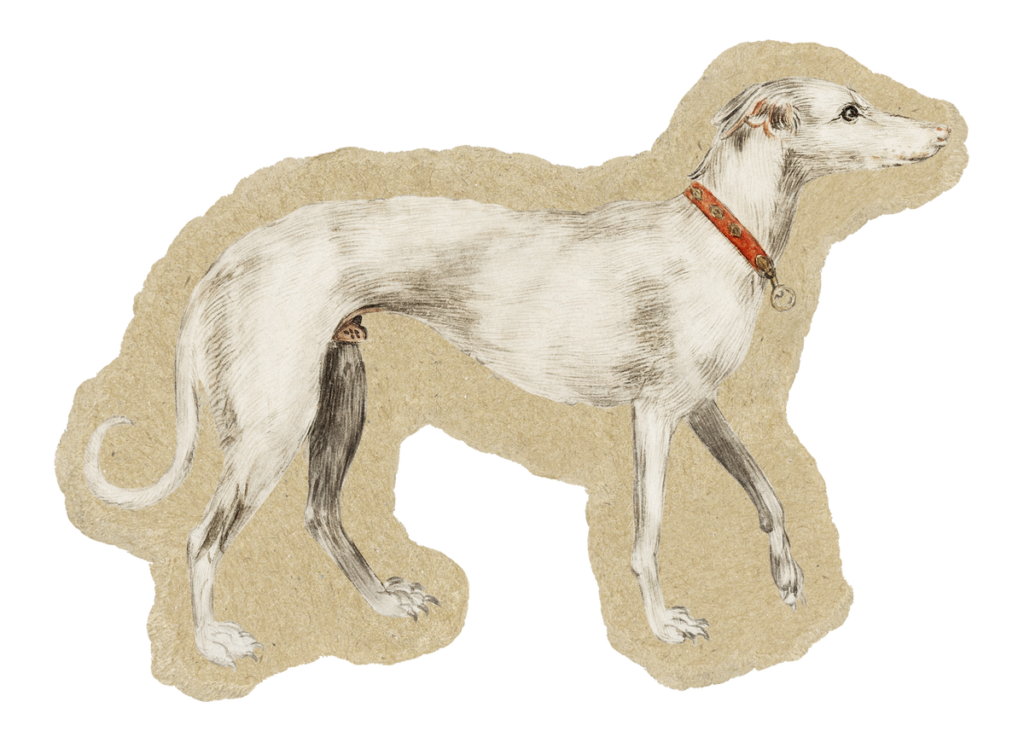According to the Mudhol Hound Association of America, the best food for Mudhol hound dogs is a high-quality dry kibble that is designed for large breed dogs.
Some of the features to look for in a food for Mudhol hound dogs include:

- A high protein content to help maintain lean muscle mass
- A moderate fat content to provide energy and support healthy skin and coat
- A balanced blend of vitamins and minerals to support overall health
- No artificial flavors, colors, or preservatives.
While there are many different brands of food on the market that claim to be the best for Mudhol hound dogs, it is important to consult with your veterinarian to find the food that is right for your dog.
Best puppy food for hound mix
- Small to medium-sized kibble
- Opt for a grain-free option
- Puppy formula
- High protein content Hound mixes are typically medium to large-size dogs, so you’ll want to look for a food that has small to medium-sized kibble.
- You may also want to opt for a grain-free option, as some hounds are prone to allergies.
- Puppy formula is also a good choice, as it will provide your pup with the extra nutrients they need during this crucial growth period.
- Finally, make sure the food you choose has a high protein content, as hounds are active dogs who require a lot of energy.
What food is bad for Mudhol hound?
While the Mudhol Hound is a robust dog that can eat a variety of food, there are some food items that should be avoided.
These include:
- Bones: Any kind of bones, including chicken bones, can pose a choking hazard or cause digestive problems. In addition, bones can splinter and cause internal injuries.
- Chocolate: Chocolate contains a chemical called theobromine, which is toxic to dogs. Even small amounts of chocolate can cause vomiting, diarrhea, and heart arrhythmias.
- Coffee: Like chocolate, coffee contains theobromine and should therefore be avoided. Symptoms of coffee toxicity include restlessness, tremors, and increased urination.
- Grapes and raisins: It is not yet known why grapes and raisins are toxic to dogs, but they can cause kidney damage. Symptoms of grape toxicity include vomiting, diarrhea, and lethargy.
- Onions and garlic: Onions and garlic contain compounds that can damage red blood cells and cause anemia. These foods should be avoided in all forms, including powdered or cooked onions and garlic.
- Raw meat: Raw meat may contain bacteria that can cause food poisoning. It is important to cook all meat thoroughly before feeding it to your dog.
- Sugary foods: Dogs lack the enzymes necessary to digest sugar properly. As a result, sugary foods can cause weight gain and tooth decay.
What food increases weight in hounds?
- Dry dog food
- Fatty foods
- Table scraps
- Calorie-dense treats
Yes, hounds can become overweight. It’s important not to overfeed your hound and to limit their intake of fatty foods and table scraps.
Instead, focus on feeding them high-quality dry dog food that is designed to meet their nutritional needs. You can also give them calorie-dense treats in moderation.
What food builds immunity in hounds?
While all dogs need a balanced diet to stay healthy, hounds have some special nutritional needs. Because of their active lifestyle, hounds need food that will give them sustained energy throughout the day.
In addition, hounds are more prone to developing allergies, so it is important to choose a food that does not contain any potentially harmful ingredients. To build immunity, hounds need a diet that is rich in antioxidants and Omega-3 fatty acids.
Antioxidants help to protect cells from damage, while Omega-3 fatty acids support the immune system. Foods that are high in these nutrients include fresh fruits and vegetables, lean meats, and fish.
By choosing a food that meets all of their nutritional needs, hounds can stay healthy and active for years to come.
Best food for hounds in cold climates
There are a few things to consider when determining what food is best for hounds in cold climates. The first is the type of food. For example, dry kibble will not freeze as quickly as wet food, making it a better option for hounds that live in very cold climates.
The second is the ingredients. Hounds that live in cold climates need foods that are high in fat and protein to help them maintain their body heat.
Finally, it is important to consider the cost of the food. In general, premium dog foods are more expensive than cheaper brands, but they may be worth the investment if they contain high-quality ingredients that meet a hound’s needs.
Clothing for hounds in cold climates
- A coat or sweater
- A scarf or necktie
- Boots or shoes
- Pants or leggings
- A hat or earmuffs